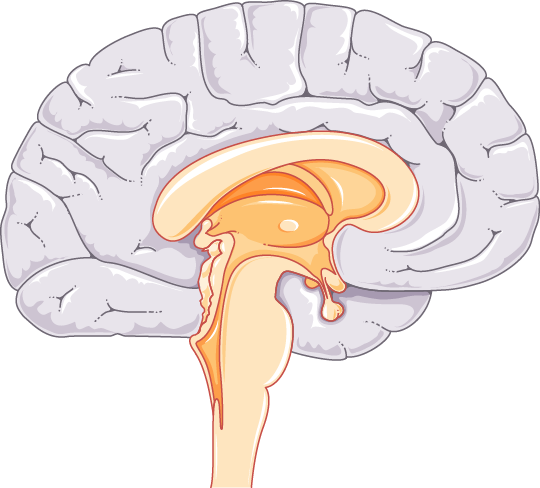Tiered Mentoring Program
Sleep Disturbance in Traumatic Brain Injury
Dr. Amber Kerstetter-Fogle, Research Program Director of Neurology and Complex Care at Summa Health Akron
 Traumatic brain injury (TBI) related injuries have increased over the years and the range in severity resulting in hospitalization, disability and death have affected upward of 60 million people worldwide annually. Blunt force trauma accounts for nearly all of TBI injuries (90%) and produces a gradient of damage that is relative to the impact force and often results in neurodegeneration across the entire brain. Secondarily, the acute disruption of the cortex that occurs in a TBI results in related disabilities that compound into secondary injuries such as cognitive dysfunction, difficulty with sensory processing, sleep disruption and epilepsy. Approximately 40-65% of individuals with TBI report insomnia (Beetar, 1996 and Dikmen, 1986). The cause is still under investigation, however, may be attributed to sleep-wake neural circuitry dysfunction (Faraguna, 2008 and Chou, 2003). Hypersomnia and circadian rhythm abnormalities have also been contributors to dysfunction in restorative sleep.
Traumatic brain injury (TBI) related injuries have increased over the years and the range in severity resulting in hospitalization, disability and death have affected upward of 60 million people worldwide annually. Blunt force trauma accounts for nearly all of TBI injuries (90%) and produces a gradient of damage that is relative to the impact force and often results in neurodegeneration across the entire brain. Secondarily, the acute disruption of the cortex that occurs in a TBI results in related disabilities that compound into secondary injuries such as cognitive dysfunction, difficulty with sensory processing, sleep disruption and epilepsy. Approximately 40-65% of individuals with TBI report insomnia (Beetar, 1996 and Dikmen, 1986). The cause is still under investigation, however, may be attributed to sleep-wake neural circuitry dysfunction (Faraguna, 2008 and Chou, 2003). Hypersomnia and circadian rhythm abnormalities have also been contributors to dysfunction in restorative sleep.
We are developing a translational research model at Summa Health to evaluate the contribution of sleep to recovery from mild to moderate TBI. Recovery from TBI and the alterations of circadian rhythm can be studied by analyzing expression of particular genes such as CLOCK, BMAL among others that are essential in the feedback loop for circadian rhythm. We hope to expand on the role of circadian rhythm, paradoxical sleep-wake cycles and recovery from brain injury in our translational TBI model. Long term goals are to interrogate new therapeutics to test the efficacy of augmenting the sleep-wake cycle to promote restorative sleep after brain injury.
*Figure is from Servier Medical Art. Servier Medical Art by Servier is licensed under a Creative Commons Attribution 3.0 Unported License (https://creativecommons.org/licenses/by/3.0/).
